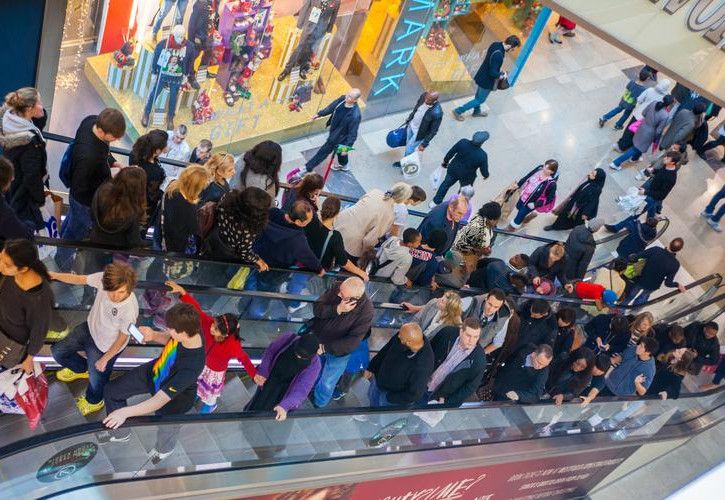UK DIY News
Springboard: Footfall Forecast For The Remainder Of 2022

Diane Wehrle, Springboard’s Marketing and Insights Director sets out her forecast for footfall over the remainder of 2022.
It is widely accepted that the overriding influence on footfall and retail spending for the remainder of 2022 will be the economic challenges facing households as a result of the increase in energy and fuel prices.
These challenges will start to bite in earnest from September onwards, with drops in footfall forecast to occur from month to month over each of the three months from September to November, only increasing over the month from November to December in the run up to Christmas. Footfall across all UK retail destinations is forecast to decline on a month to month basis by -4.9% in September, by -2.5% in October and by -0.3% in November, but then increase in December by +6%.
The impact of this will be to eradicate most of the gains made over 2022 in closing the gap from the 2019 footfall level. As a consequence, in December the forecast gap from 2019 of -17.9% will be the widest since February 2022 when it stood at -20.7%.
There are a number of factors that sit behind this forecast; firstly, since Springboard started publishing its footfall data in 2009 footfall dipped in September from August in every year up to and including 2019, as a result of a drop in consumer demand following the end of the holiday season and the start of the school term. The last two years were heavily disrupted by Covid, but this year the drop in footfall will be more severe than in the same months pre 2020, due to consumers’ fears over the impact on their household budgets due to the rise in energy costs expected in October.
The second key factor – once again identified through past trends – is that footfall in November dips marginally from October, mainly due to a drop in high street footfall which tends to occur due to the lure of shopping centres for consumers over the Black Friday trading period. In contrast to the forecast for September, the drop in footfall in November this year will be mitigated by shoppers being likely to use the discounts available over the Black Friday period to buy Christmas presents with the hope of outrunning inflation.
Footfall will rise from November to December, as it does every year due to the Christmas trading period, but the uplift is forecast to be more subdued than in previous years as consumers will be constrained in terms of available budget. Also despite the recently announced support for businesses, unemployment may well increase as some businesses that are only just surviving may fail due to the increase in energy costs that they have already had to absorb, which will further depress demand in store.
Footfall will rise in all three destination types from November to December – by +4.5% in high streets, by +5% in retail parks, but by +10% in shopping centres, which are the destination of choice for many shoppers when shopping for Christmas, due to the range of products that are available.
The impact of the drop in footfall on a monthly basis between September and November means that in October and November footfall will be lower than in the same months last year (-2.1% below 2021 in October and -2.7% in November), but in December footfall will return to positive territory with a rise of +4.2% from 2021.
Source : Springboard
Thank you for the excellent presentation that you gave at Woodbury Park on Thursday morning. It was very interesting and thought-provoking for our Retail members. The feedback has been excellent.











































